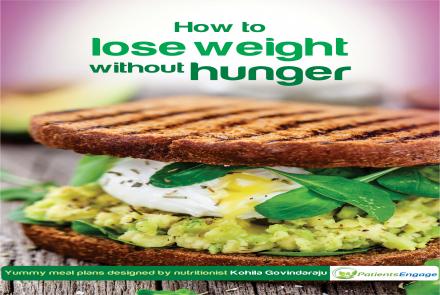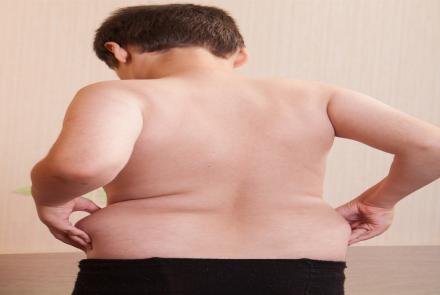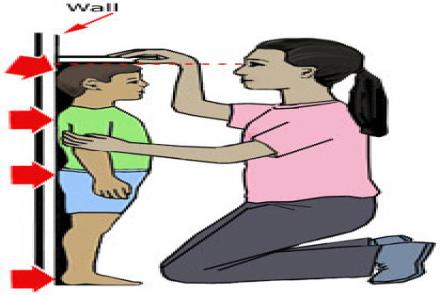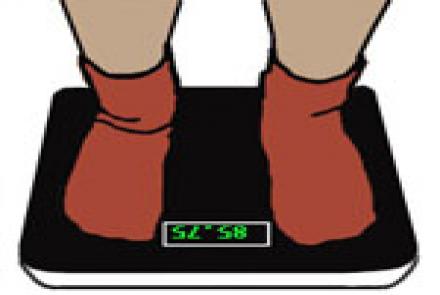Worldwide obesity has more than doubled since 1980. In 2014, more than 1.9 billion adults, 18 years and older, were overweight. Of these over 600 million were obese. 39% of adults aged 18 years and over were overweight in 2014, and 13% were obese. Most of the world's population live in countries where overweight and obesity kills more people than underweight. 42 million children under the age of 5 were overweight or obese in 2013.
Obesity is preventable.

All of the measures mentioned under the management section apply to rules of prevention of obesity.
Additionally:
- Maintain a food diary/log to track your calories and nutrient intake.
- It is important to learn how to read food nutrition labels and use them wisely to avoid empty calorie and ingredients that are unhealthy.
- Weigh yourself routinely.
- Avoid all sugary drinks like cold drinks, soda, fruit drinks, energy drinks and food and beverages with excess synthetic preservatives and additives.
- Instead of juice consume a whole fruit that has fibre.
- Try to consume five to nine servings of fruits and vegetables per day. One vegetable serving is 1 cup of raw vegetables or 1/2 cup of cooked vegetables or vegetable juice. A fruit serving is one piece of small to medium fresh fruit, 1/2 cup of fresh fruit or fruit juice, or 1/4 cup of dried fruit.
- Balance the food “balance sheet.” Consuming more calories than one can burn, will result in weight gain.
Note: 70% of obese children had at least one CVD risk factor, and 39% had two or more.
Read more information on Childhood Obesity here.
References:
- CDC. “Overweight & Obesity.” Centers for Disease Control and Prevention, 27 Sept. 2022, www.cdc.gov/obesity/index.html.
- Cleveland Clinic. “Obesity & Weight Control: Health Risks, Weight Loss & Bariatric Surgery.” Cleveland Clinic, 2020, my.clevelandclinic.org/health/diseases/11209-weight-control-and-obesity.
- Harvard Medical School. “Why People Become Overweight.” Harvard Health, Harvard Health, 24 June 2019, www.health.harvard.edu/staying-healthy/why-people-become-overweight.
- Howell, Nicholas A, and Gillian L Booth. “The Weight of Place: Built Environment Correlates of Obesity and Diabetes.” Endocrine Reviews, vol. 43, no. 6, 24 Feb. 2022, https://doi.org/10.1210/endrev/bnac005.
- Jiao, Jingjing. “The Role of Nutrition in Obesity.” The Role of Nutrition in Obesity, vol. 15, no. 11, 30 May 2023, pp. 2556–2556, pmc.ncbi.nlm.nih.gov/articles/PMC10255836/, https://doi.org/10.3390/nu15112556.
- K&H, Dr Hima, Director of. “Genetics in Obesity: Unveiling the Hidden Links for a Healthier Tomorrow.” GenepoweRx, 27 July 2023, genepowerx.com/family-history/.
- Karelis, Antony D., et al. “Metabolic and Body Composition Factors in Subgroups of Obesity: What Do We Know?” The Journal of Clinical Endocrinology and Metabolism, vol. 89, no. 6, 1 June 2004, pp. 2569–2575, pubmed.ncbi.nlm.nih.gov/15181025/, https://doi.org/10.1210/jc.2004-0165.
- Lee, Alexandra, et al. “Social and Environmental Factors Influencing Obesity.” NIH.gov, MDText.com, Inc., 2019, www.ncbi.nlm.nih.gov/books/NBK278977/.
- “Management of Obesity.” Physiopedia, 2011, www.physio-pedia.com/Management_of_Obesity.
- Mayo Clinic Staff. “Obesity.” Mayo Clinic, 22 July 2023, www.mayoclinic.org/diseases-conditions/obesity/symptoms-causes/syc-2037….
- Mongraw-Chaffin, Morgana, et al. “Metabolically Healthy Obesity, Transition to Metabolic Syndrome, and Cardiovascular Risk.” Journal of the American College of Cardiology, vol. 71, no. 17, May 2018, pp. 1857–1865, www.sciencedirect.com/science/article/pii/S073510971833496X, https://doi.org/10.1016/j.jacc.2018.02.055. Accessed 20 Oct. 2019.
- National Heart, Lung, and Blood Institute. “Overweight and Obesity - Causes and Risk Factors.” Www.nhlbi.nih.gov, National Heart, Lung, and Blood Institute, 24 Mar. 2022, www.nhlbi.nih.gov/health/overweight-and-obesity/causes.
- NHS. “Causes - Obesity.” NHS, NHS, 15 Feb. 2023, www.nhs.uk/conditions/obesity/causes/.
- “Obesity - Symptoms, Causes, Treatment and Prevention.” MedPark Hospital, 25 Oct. 2020, www.medparkhospital.com/zh-CN/disease-and-treatment/obesity. Accessed 28 Feb. 2025.
- “Obesity: How It Affects the Body.” Www.medicalnewstoday.com, 27 Apr. 2023, www.medicalnewstoday.com/articles/effects-of-obesity#summary.
- Obesity: Missing the 2025 Global Targets Trends, Costs and Country Reports. 2020.
- Rubino, Francesco, et al. “Definition and Diagnostic Criteria of Clinical Obesity.” The Lancet Diabetes & Endocrinology, Jan. 2025, www.thelancet.com/journals/landia/article/PIIS2213-8587(24)00316-4/abst…, https://doi.org/10.1016/s2213-8587(24)00316-4.
- Salma Rashid AlKalbani, and Celine Murrin. “The Association between Alcohol Intake and Obesity in a Sample of the Irish Adult Population, a Cross-Sectional Study.” BMC Public Health, vol. 23, no. 1, 24 Oct. 2023, https://doi.org/10.1186/s12889-023-16946-4.
- World Health Organization. “Obesity and Overweight.” World Health Organization, WHO, 2024, www.who.int/news-room/fact-sheets/detail/obesity-and-overweight.
- “World Obesity Day: “All Countries Significantly off Track to Meet 2025 WHO Targets on Obesity.”” World Obesity Federation, www.worldobesity.org/news/world-obesity-day-all-countries-significantly….
- John Hopkins Medicine. “Preventing Obesity in Children, Teens, and Adults.” John Hopkins Medicine, 2019, www.hopkinsmedicine.org/health/conditions-and-diseases/obesity/preventi….
Changed
23/Mar/2025
Community
Condition



















